Applying for job postings to no avail? It might be the right time to get your training specialist resume in shape.
As a training specialist, you pay extra attention to the relevance, clarity, appeal, and effectiveness of the training material you design. And that's exactly how much effort we've put into bringing you this comprehensive, yet easy-to-read resume guide. Allow us to show you all the best writing tips, customizable templates, detailed examples, and samples submitted by real professionals.
Keep on reading to find out how to:
- Visually balance your training specialist resume
- Make your training specialist professional summary stand out
- Choose the best skills to put on your training specialist CV
- Include relevant work experience in your training specialist resume
- Make your training specialist education section shine
- Select appropriate extra sections for your training specialist CV
- Access top resources for job-seeking training specialists
Still looking for a job? These 100+ resources will tell you everything you need to get hired fast.
1. Visually balance your training specialist resume
Your CV needs good formatting.
No matter how engaging the content is if all your perfectly crafted ideas get lost in large chunks of text that no one wants to read.
You may visually balance your resume with the following tips:
- Set appropriate margins, ideally one inch.
- Organize your CV into the following sections:
- Contact Details
- Professional Summary
- Skills
- Work Experience
- Education
- Extra Sections
- Use a neat, preferably two-column, layout.
- Make headings larger than the rest of the contents.
- Use white space between individual segments for easy navigation.
- List your job experiences in a reverse-chronological order.
- Avoid stylish fonts. Pick a clean and legible typeface, such as Georgia, Calibri or Cambria.
- Save your CV as a PDF document, unless required otherwise.
Choose your preferred template and make your resume shine.
2. Make your training specialist professional summary stand out
As an educator, you certainly know how to make your training participants stay connected and engaged.
Can you, however, catch a hiring manager’s attention the same way?
You may as well need a killer professional profile to do so. The one that masterfully encompasses your most relevant work responsibilities, exceptional skills, measurable achievements, and last but definitely not least, the right keywords.
And where else to find the words you're looking for if not in the job posting?
Training specialist professional summary example
An enthusiastic and diligent Training Specialist with 4+ years of experience in designing and delivering engaging training sessions to the marketing, sales and communications departments. Provided in-depth consultation on GDPR, which contributed to creation of more effective, targeted marketing campaigns. Designed 50+ e-learning modules that led to a 12% spike in employee productivity within 1 month. Internationally accredited and certified Professional in Talent Development.
3. The best skills to put on your training specialist CV
There is no doubt that there are endless skills you could include in your resume. Is it a great idea though?
One good old rule says that you should not overwhelm the hiring manager with unnecessary information. And you may want to stick to this one.
Tailor your training skill-set based on each job posting.
Mention first your competencies that match the job ad requirements.
Any extra skill that's relevant to the position and screams I am the one you need! is a welcome addition.
It is a good practice to mention your soft and hard skills in separate columns for better clarity.
The best training specialist soft skills for your resume
- Outstanding Oral and Written Communication
- Organizational Skills
- Motivation
- Social Skills
- Decision-making
- Empathy and Compassion
- Time Management
- Teamwork
- Flexibility
- Ability to Work Well Under Pressure
- Critical Thinking
- Problem-solving
Effective hard skills to put on your training specialist CV
- Learning Management Software: Acendre Inquisic, Absorb LMS (Superior Proficiency)
- MS Office (Superior Proficiency)
- In-depth Knowledge of Talent Management
- Succession Planning Methods
- Teaching and Presentation Techniques
- Lesson Planning Concepts
- Data Analysis
- Accounting
- Budgeting
- Scheduling
4. Include relevant work experience in your training specialist resume
It often happens that your resume has to first beat an applicant tracking system to even reach a human recruiter.
The question then arises, “How to make your work description ATS-friendly?”
Stack your work experience section with keywords from the job posting, link them to unique experiences, and you'll be head and shoulders above.
Training specialist work experience section example
Clemens
Training Specialist
2017–2021
- Identified areas of opportunity in order to develop tailored training materials.
- Designed and delivered engaging training sessions to 250+ participants from the marketing, sales and communications departments.
- Conducted daily evaluations of training participants’ comprehension and learning experience.
- Contributed to creation of more effective, targeted marketing campaigns.
- Designed 50+ e-learning modules that led to a 12% spike in employee productivity within 1 month.
5. Make your training specialist education section shine
Companies may require you to have a bachelor’s degree in fields such as training and development, education or human resources.
If you don't possess a degree in a relevant field, should you just hope for your professional profile and work experience to do their work?
Well, not really. You can still leverage your education section. Instead of just mentioning your college name, degree and years in school, spice it up with relevant areas of interest, coursework or your greatest achievements. Remember to stay to-the-point and concise at all times.
Listing education in your training specialist CV
University of Europe
BA in Organizational Psychology
2013–2016
- Area of interest: Research Design
- Excelled in Theory and Design of Training Programs
- Relevant Coursework: Key Concepts of Education, Research Methods, Assessment and Testing, Performance Evaluation and Feedback, Work Motivation, Employee Selection and Placement
6. Select appropriate extra sections for your training specialist CV
Many applicants tend to use additional sections as space fillers, burying recruiters in nonessential information. Don't be those candidates.
Purposefully select those segments that can best showcase your training superpowers.
Here are some categories you might want to include in your resume
- Certifications
- Volunteering Activities
- Interests
- Awards
- Training or continuing education
- Language Skills
- Testimonials from Employees
- Publications
- Testimonials from clients
- Job performance reviews
Listing extra sections in your training specialist CV
Certifications
- Certified Professional in Talent Development (CPTD), 2020
Publications
- “Increasing Productivity through Training,” Bright Side, March 2019
- “Performance Evaluation and Its Impact,” Clever, February 2020
7. Top resources for job-seeking training specialists
Now that you've got your training specialist resume ready, it's time to roll up your sleeves and get to the tough part — the actual job search. To get you started, we've prepared a list of resources that might point you to the right direction:
- Industry-specific job boards: Websites that list job postings aimed especially at your profession, like SHRM or ATD’s Job Bank are great entry points to your job search.
- General job search engines: Platforms with board focus, like Indeed, Glassdoor, ZipRecruiter, and SimplyHired, can also yield interesting results.
- LinkedIn: With this networking platform, you'll be able to network with industry experts, recruiters, and potential employers. And, with LinkedIn’s job search tools, you can also search for job postings.
- Professional associations: Job listings, training programmes, networking opportunities, and industry news — all under one roof. That's the appeal of organizations like the Association for Talent Development (ATD), the International Society for Performance Improvement (ISPI), or the Learning and Performance Institute (LPI).
- Specialized publications: If you want to stay updated on the latest industry news, trends, developments, and research, consider following media like “T+D Magazine,” “Training Magazine” or “Performance Improvement Journal.”
- Continuous learning: Keep growing and improving with courses and certifications offered by Training Industry, Coursera, Udemy, edX, or LinkedIn Learning.
And remember, while hunting for the perfect role, your training specialist resume will be your greatest tool. So, make it count!
Training Specialist Resume FAQ
Can you shed some light on using keywords effectively in a training specialist resume?
First of all, you need to identify which keywords to use. You can do that by reading the job posting you’re applying for and highlighting any words or phrases that describe the duties, skills, or experience the ideal candidate should have. Then, you use these keywords organically throughout your resume. To ensure maximum ATS compatibility, spell your keywords exactly as they appear in the job posting.
Any common pitfall to watch out for while writing this resume?
For once, don't forget to always custom tailor your resume to align as closely as possible to the job posting you're applying for. Secondly, watch out for any typos, spelling errors, or grammar mistakes that can reflect negatively on your professionalism and attention to detail. Luckily, you can avoid the majority of these errors by thorough proofreading.
How often should I update my training specialist resume?
You should update your resume everytime you gain new skills, experience, certificate, and so on. In short, anytime there's a change to your professional life. Continue refreshing your resume even if you're not currently looking for a new job. A, it's a good habit to get into. And B, you'll have your resume ready in case you suddenly find yourself in need of a new employment.
Can I use infographic or visual elements in my training specialist resume?
That depends on how you submit your job application. If you're sending your application directly to a recruiter, infographic elements can be a nice addition to the visual presentation of a resume, making it more interesting. However, if you're submitting your application via ATS, avoid using infographics at all costs. Not all ATS programmes were designed to read infographics. As a result, they can misread your resume and rank it lower than it deserves to be.
What's the right way to include references on my training specialist resume?
By not including them at all. Instead, have your references ready in a separate document and be prepared to produce it if asked to. Then, you can include a sentence like “References available upon request” either on your resume, or your training specialist cover letter. But at the end of the day, job posting is king. And if it explicitly instructs you to include references directly on your resume, do it!

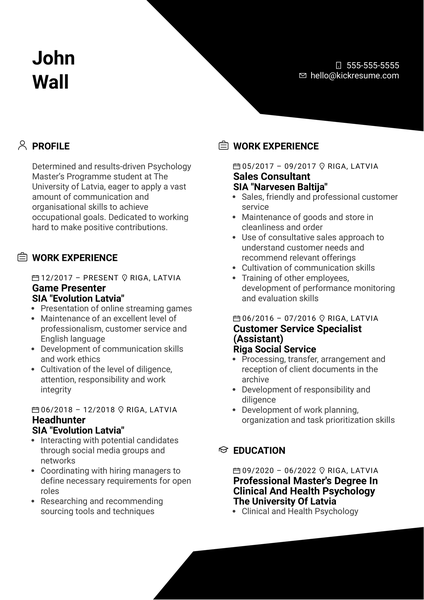

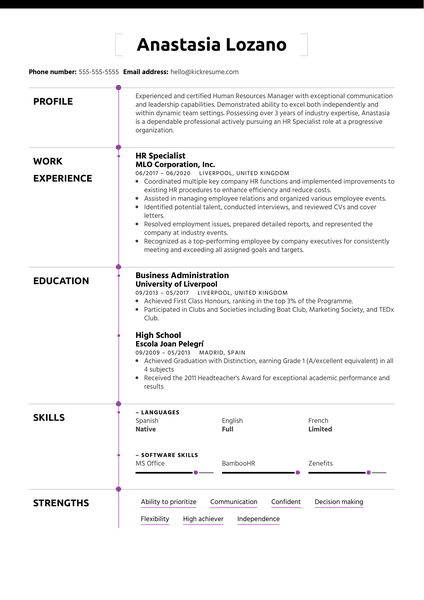
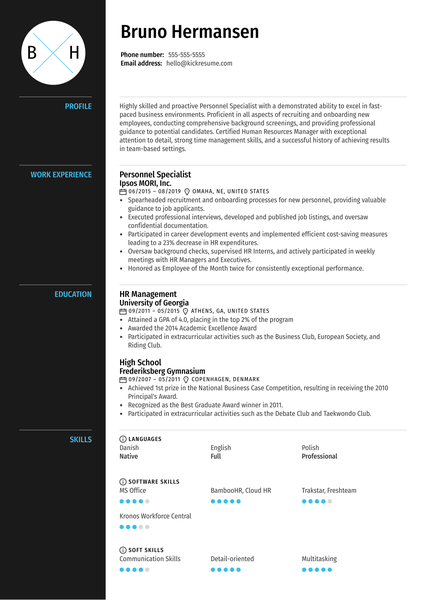
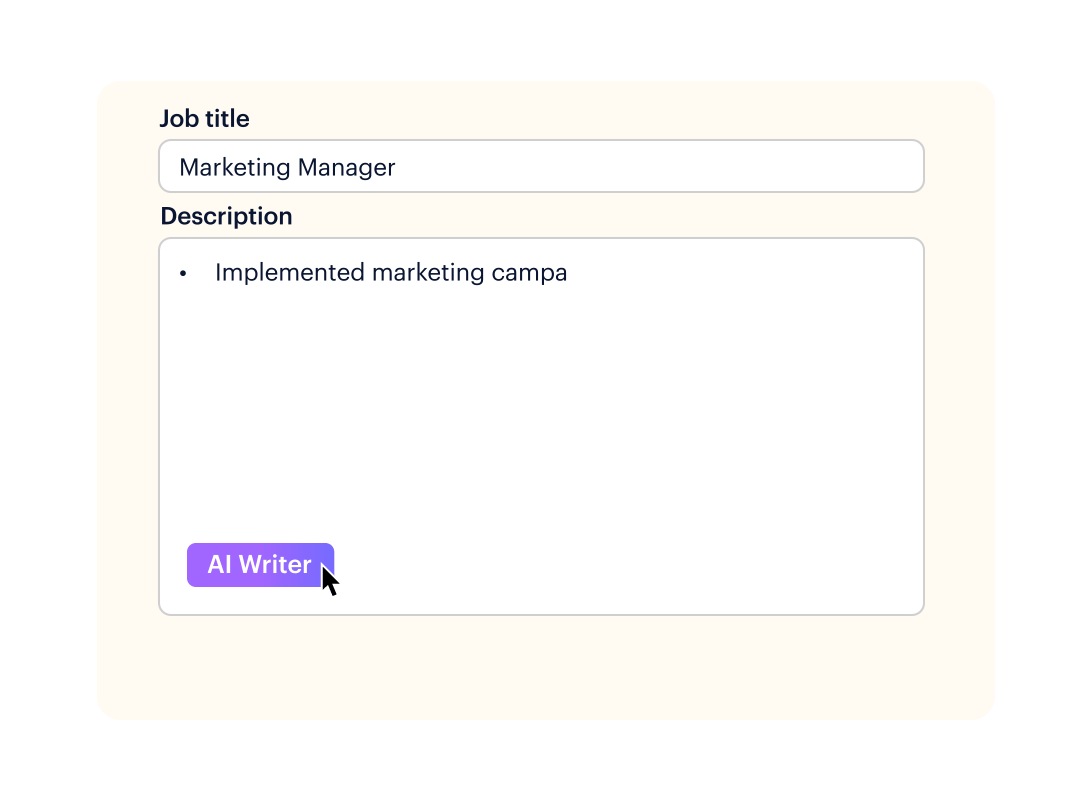



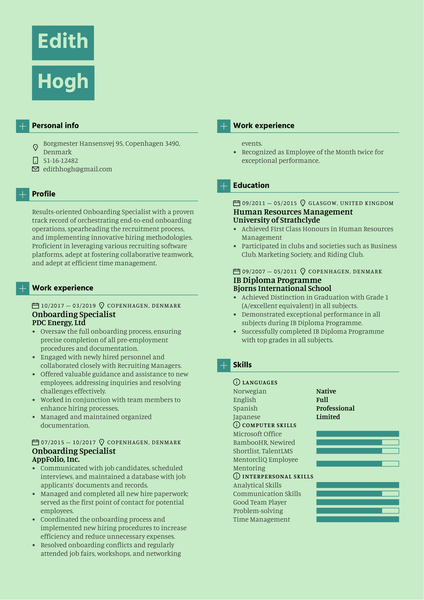

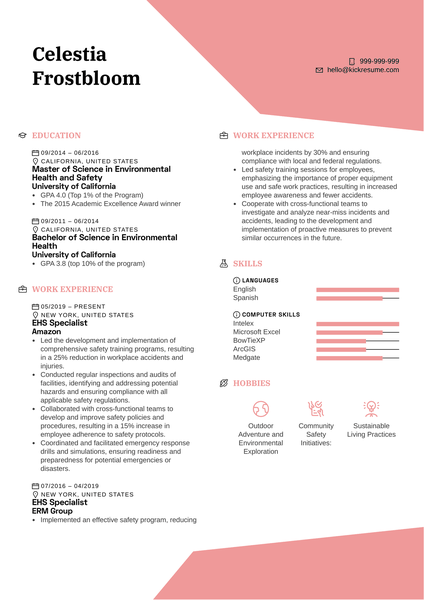
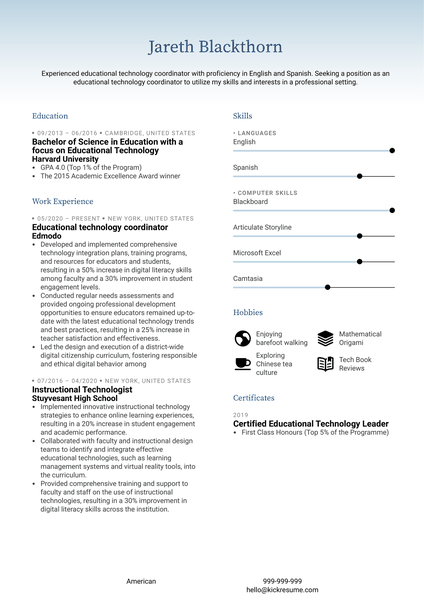
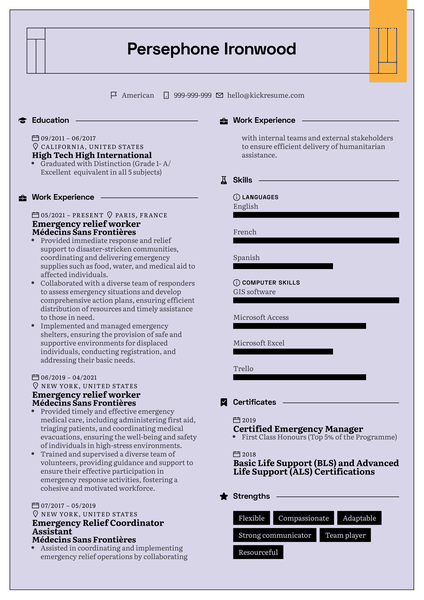
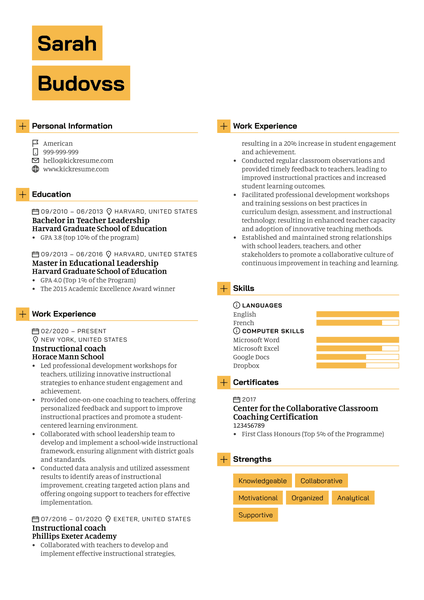
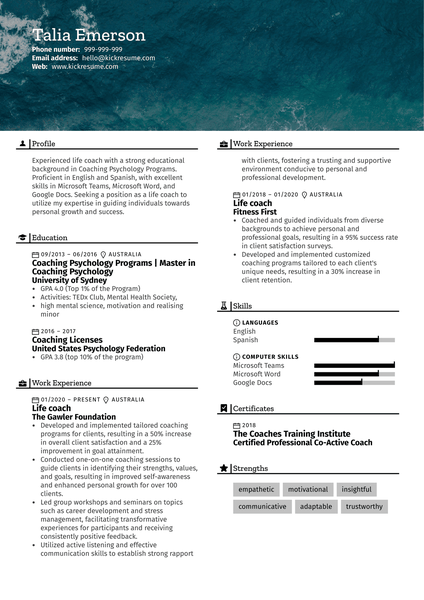

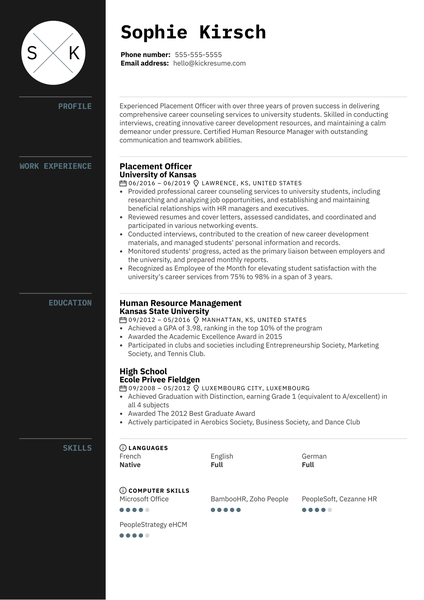
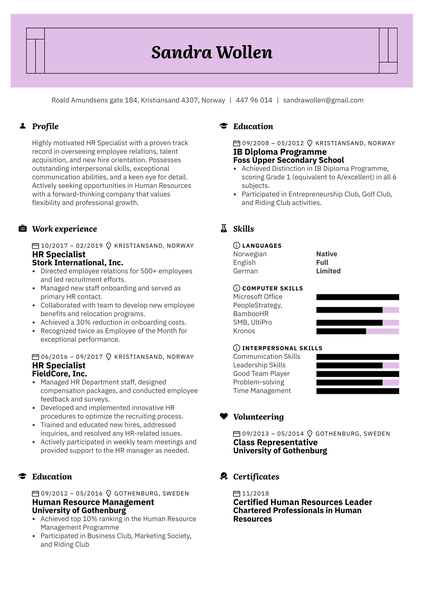
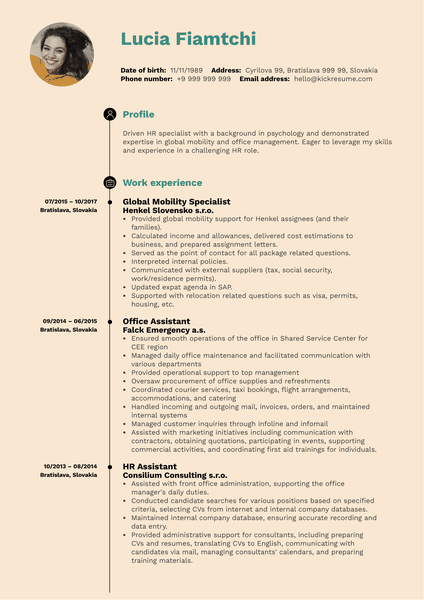
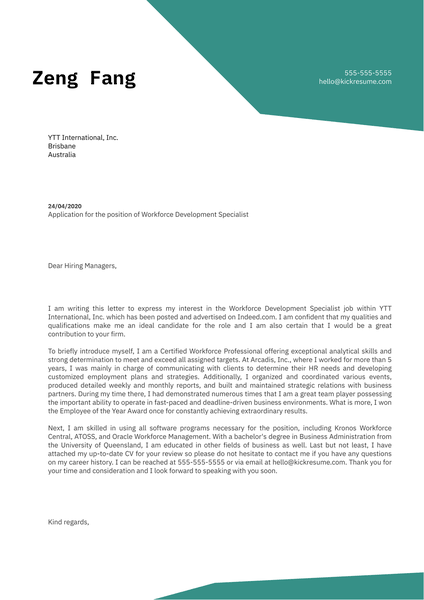
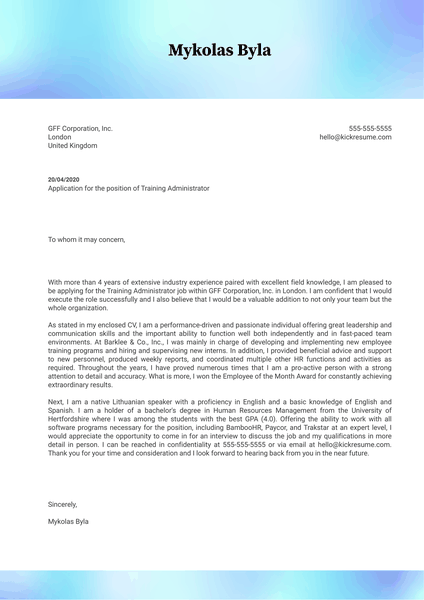
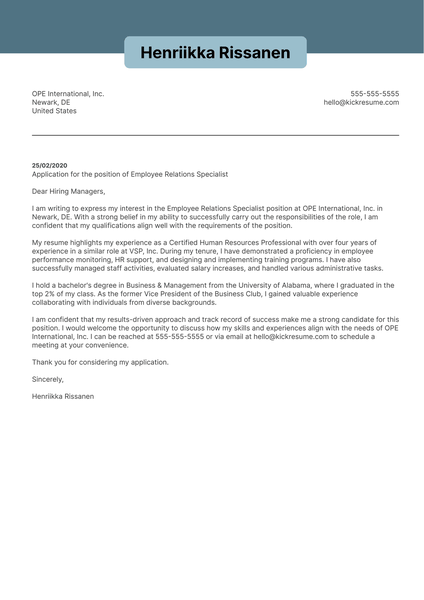
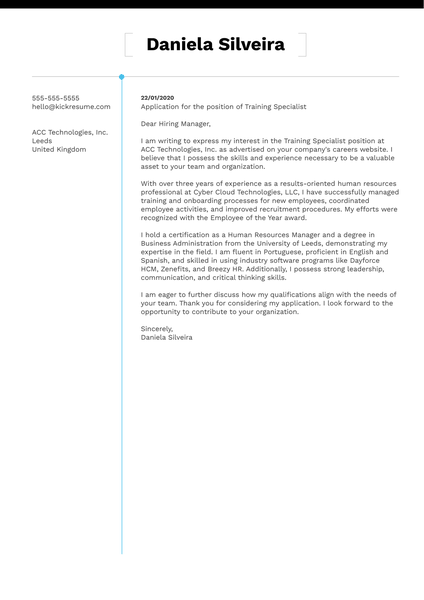
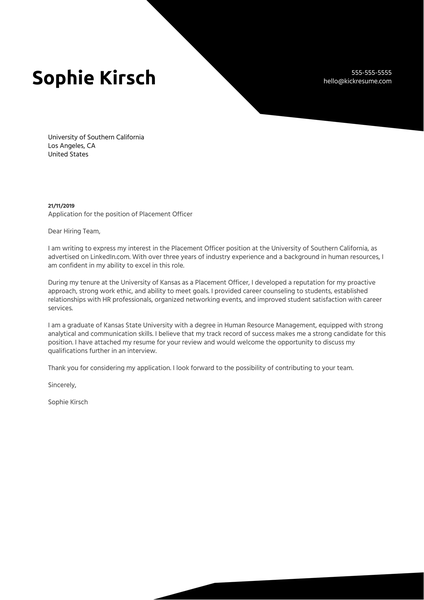

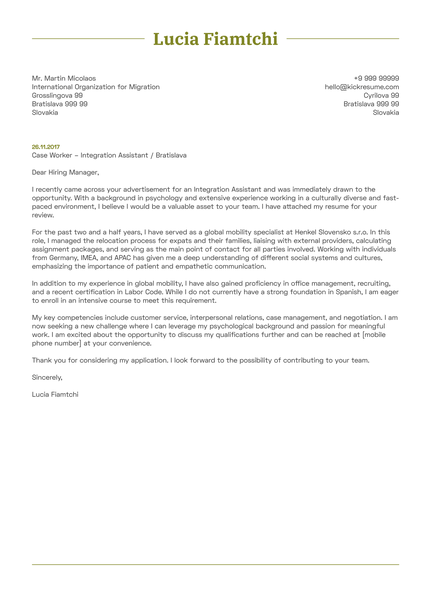
![How to Write a Professional Resume Summary? [+Examples]](https://d2xe0iugdha6pz.cloudfront.net/article-small-images/i-Profile.svg)
![How to Put Your Education on a Resume? [+Examples]](https://d2xe0iugdha6pz.cloudfront.net/article-small-images/i-Collage-Universities.svg)
![How to Describe Your Work Experience on a Resume? [+Examples]](https://d2xe0iugdha6pz.cloudfront.net/article-small-images/Experience.svg)


